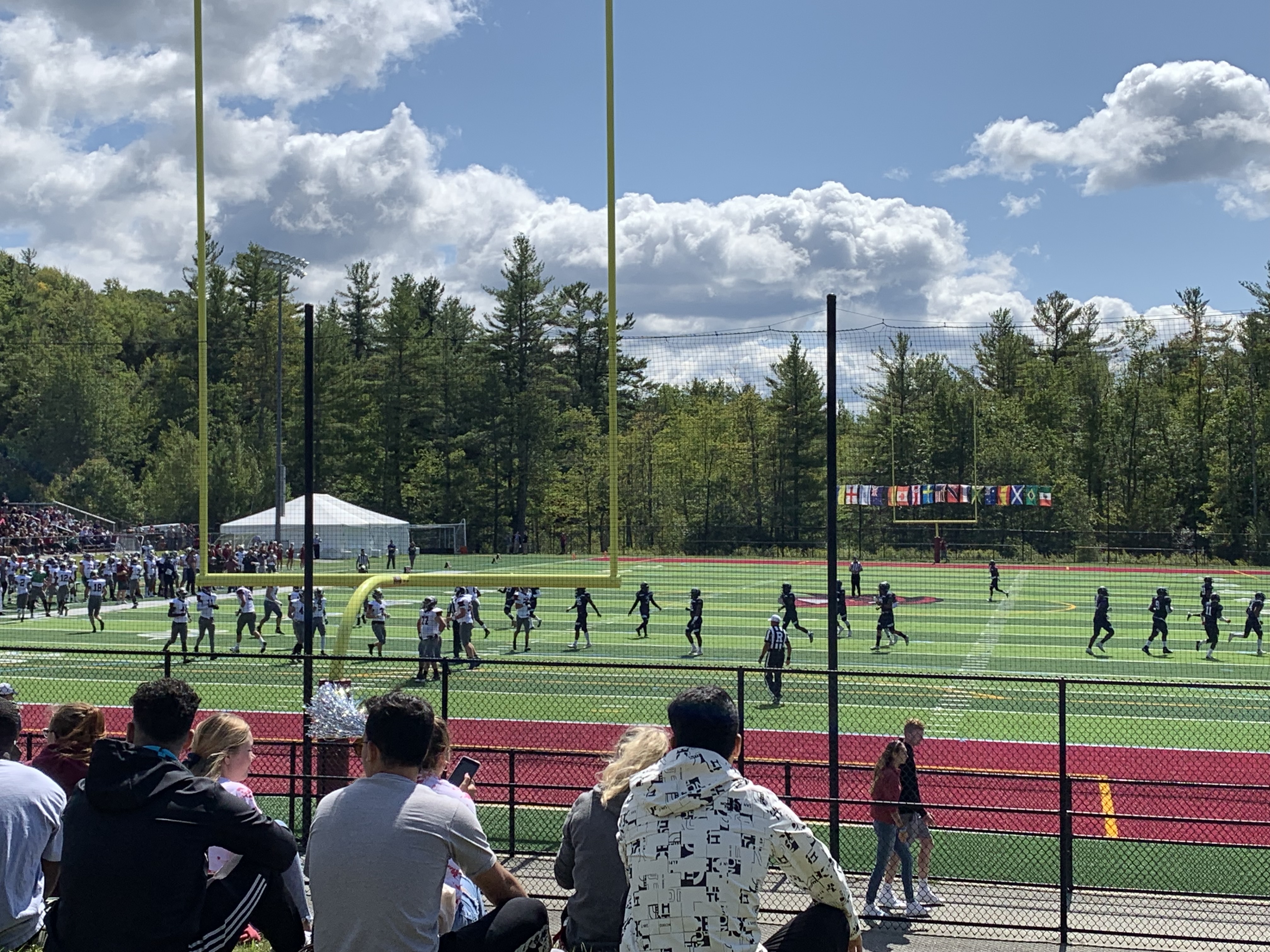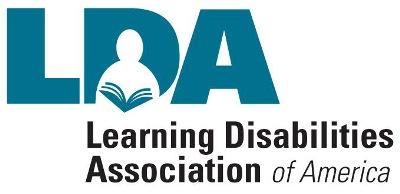In-depth: Why lecture courses aren’t actually helping students learn
by Katie Davert
Lecture courses, while a great source of information, aren’t always as beneficial as they seem to be to college students.
Lecture-based courses are common in college but research has shown that the majority of students who take lecture courses have a lower grade than students who take hands on or active learning courses. According to Sciencemag.org, “A new study finds that undergraduate students in classes with traditional stand-and-deliver lectures are 1.5 times more likely to fail than students in classes that use more stimulating, so-called active learning methods.” The study originally appeared in Proceedings of the National Academy of Sciences (PNAS).
A person’s brain does not have the capability of learning so much information packed into a fifty-minute lecture. “Cognitive scientists determined that people’s short-term memory is very limited – it can only process so much at once. A lot of the information presented in a typical lecture comes at students too fast and is quickly forgotten,” said American Public Media. Since the short-term memory can only process so much information at once, the majority of what students hear in lecture is forgotten.
More attention is given to students in active learning courses than lectures. Senior Brian Tranfaglia said, “I personally believe teaching classes as advanced as organic chemistry and genetics in a lecture hall poses a big challenge for professors. They are so focused on explaining the material that they can’t possibly devote the right amount of attention to students.”
Active learning is the concept that students tend to learn better when they’re being taught hands on, rather than sitting in a room taking notes for an hour three times a week. Active learning requires students to do meaningful learning activities and interact with one another and their projects. Some courses offered at FPU that are considered to be active learning are art courses along with communication classes like Media Production.
In the latter course, students make and share their own films. Professor Heather Tullio, who teaches the course, said, “We all learn when we get to make our own mistakes. In a video production class, students are challenged by making their own videos, and they can learn from their own successes and failures and can learn from watching their classmates’ successes and failures.”
There are exceptions however. Communications Professor Heather Tullio teaches a class called Understanding Film. The course entails watching movies, analyzing them and discussing them along with lectures. The key difference between this class and a standard lecture class is there is interaction in Understanding Film.
In order for lectures to be beneficial they should be “well organized, clearly presented, and well-illustrated,” said Fred Rodgers, a geology and natural sciences professor at Franklin Pierce. In order to fully benefit from lectures, it is recommended that students rewrite their notes, read and reread chapters from their books and study consistently. “It is really only this process of repetition from different angles that allows real learning of the subject matter, especially inherently difficult subject matter,” said Rodgers.


